| Cranberries have always been one of my favorite foods, although until I began preparing the material for this blog my idea of enjoying cranberries was limited to a dollop of sauce to accompany almost any roasted meat – but especially turkey! To get a little background information, I “Googled” cranberries and quickly realized I could write a book on this amazing fruit. Here are just a few of the fun facts about cranberries that might prompt you to try one of the recipes featured here. First, there really is a Cranberry Season. Cranberries are grown primarily in the Northeastern United States and Southeastern Canada, and are harvested in September and October. They are generally only available as fresh berries from September through December – which is why we only get to enjoy them around Thanksgiving and Christmas. American Indians enjoyed cranberries cooked and sweetened with honey or maple syrup. They also used cranberries as a source of red dye, and as a poultice for wounds, having discovered the astringent tannins in the berries contract tissues and help to stop bleeding. We now know that compounds in cranberries also have antibiotic effects. In fact, the health benefits of cranberries are most impressive. They begin with vitamin C and fiber – both familiar nutrients, but cranberries also contain five categories of phytonutrients – chemical compounds known for their antioxidant, anti-inflammatory, and anti-cancer properties. Consequently, cranberries provide protection against urinary tract infections, immune support, as well as cardiovascular and digestive tract benefits. You can read much more about the health benefits of cranberries on The World’s Healthiest Foods web site page for Cranberries. Oh yes, the recipes! My first offering is a Cranberry Sauce that I believe tastes very close to what comes out of a can – without actually coming out of a can. This is important in our household because old habits die hard (especially mine). I have enjoyed Ocean Spray Whole Berry Cranberry Sauce for seven decades, so while I much prefer the fresh berries, I still enjoy the “traditional” taste. Cranberries also mix well with other fruits – especially cherries and oranges. As I’ve mentioned before, tart cherries (especially Michigan Balaton cherries) are number one on my favorite foods list, so creating a cherry and cranberry sauce was a high priority. The result, cleverly titled Cherry Cranberry Sauce, has been in my recipe collection for many years. I also mentioned it in a blog last November. | Cranberry Sauce. Cherry Cranberry Sauce. Cranberry and Orange Compote. |
Most important, all three can be prepared in thirty minutes or less, and since refrigeration improves the flavors, they also can be prepared well in advance. As always, I hope you will try them.
Buon appetito.
P.S. Yes, I agree. All three do look alike!
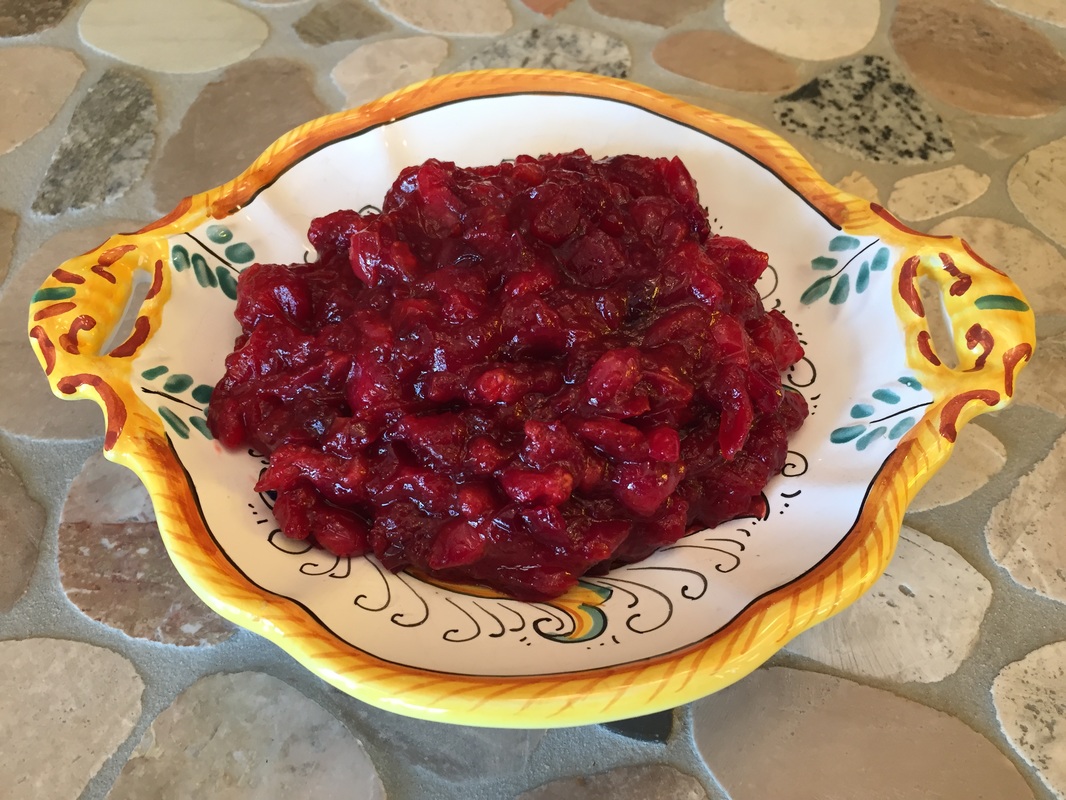
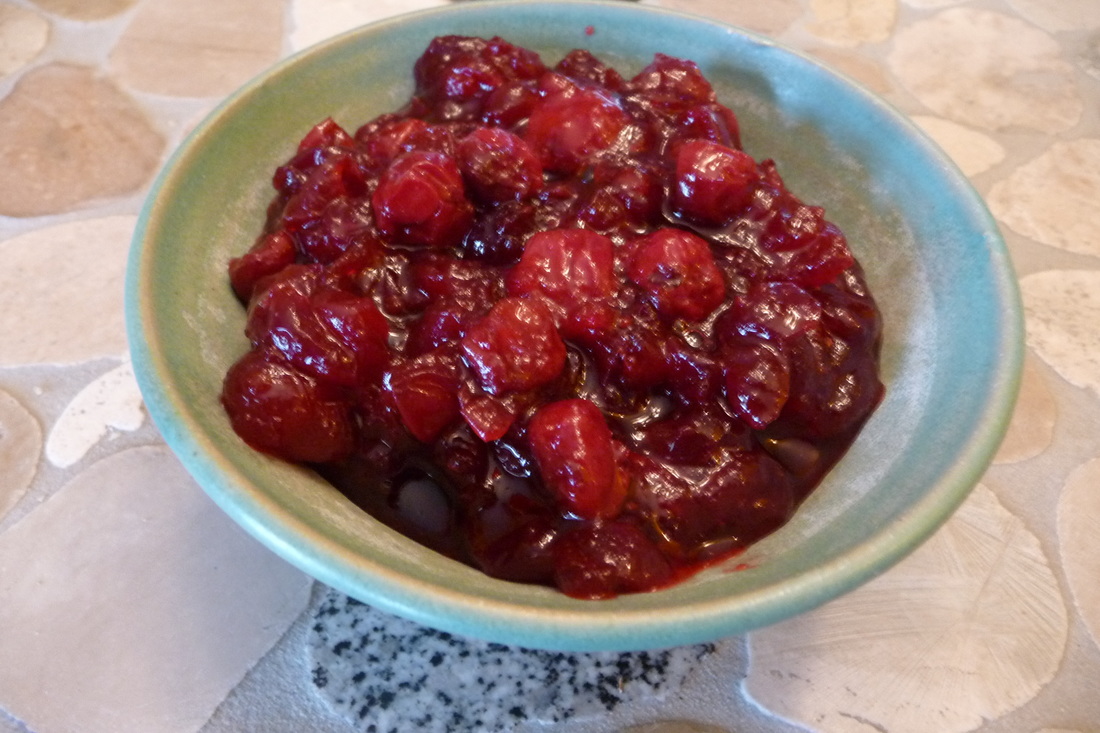
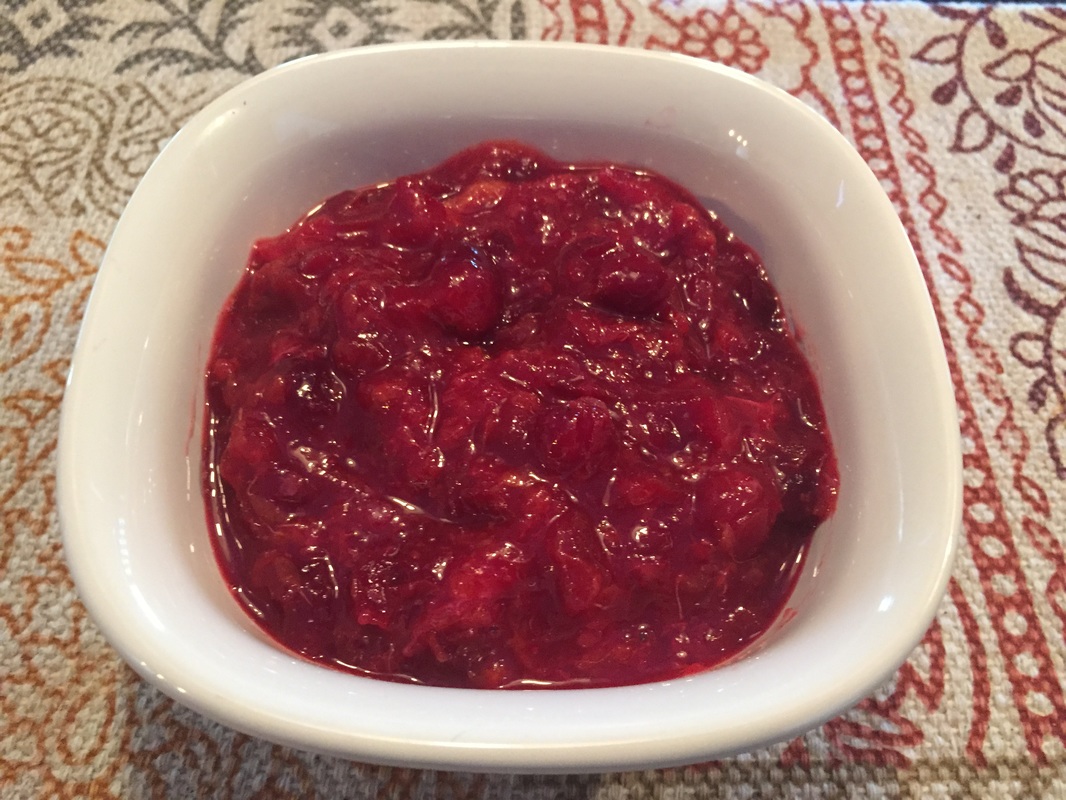
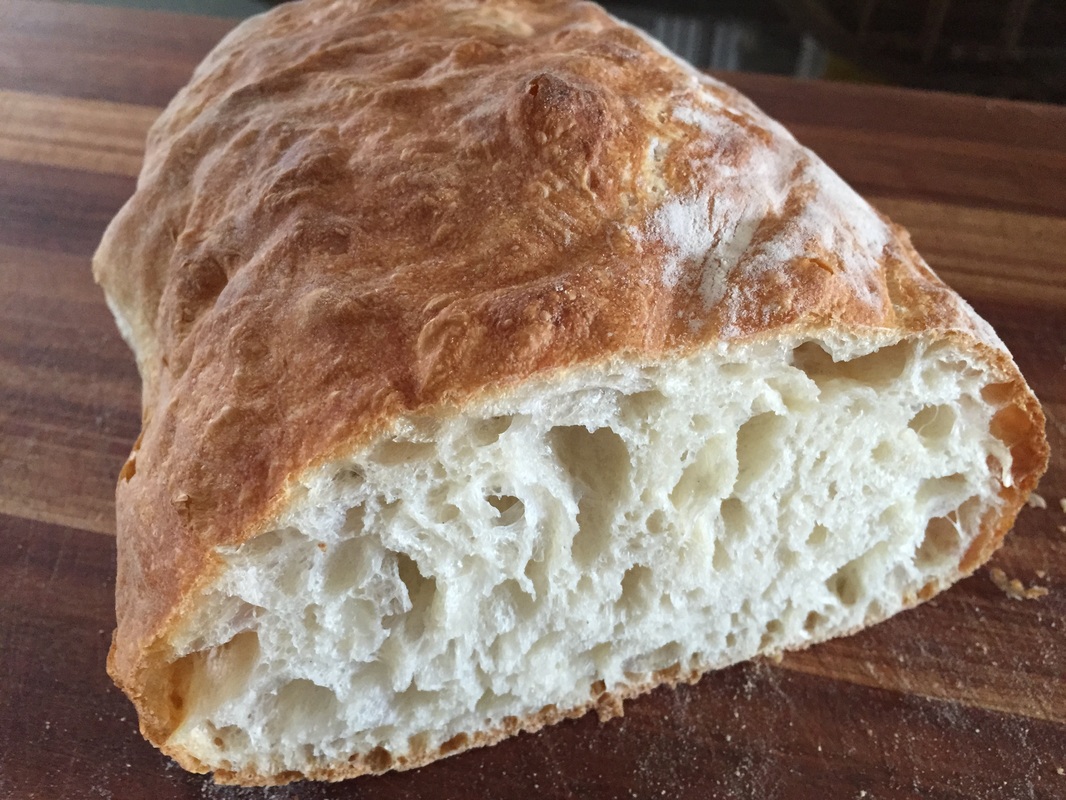
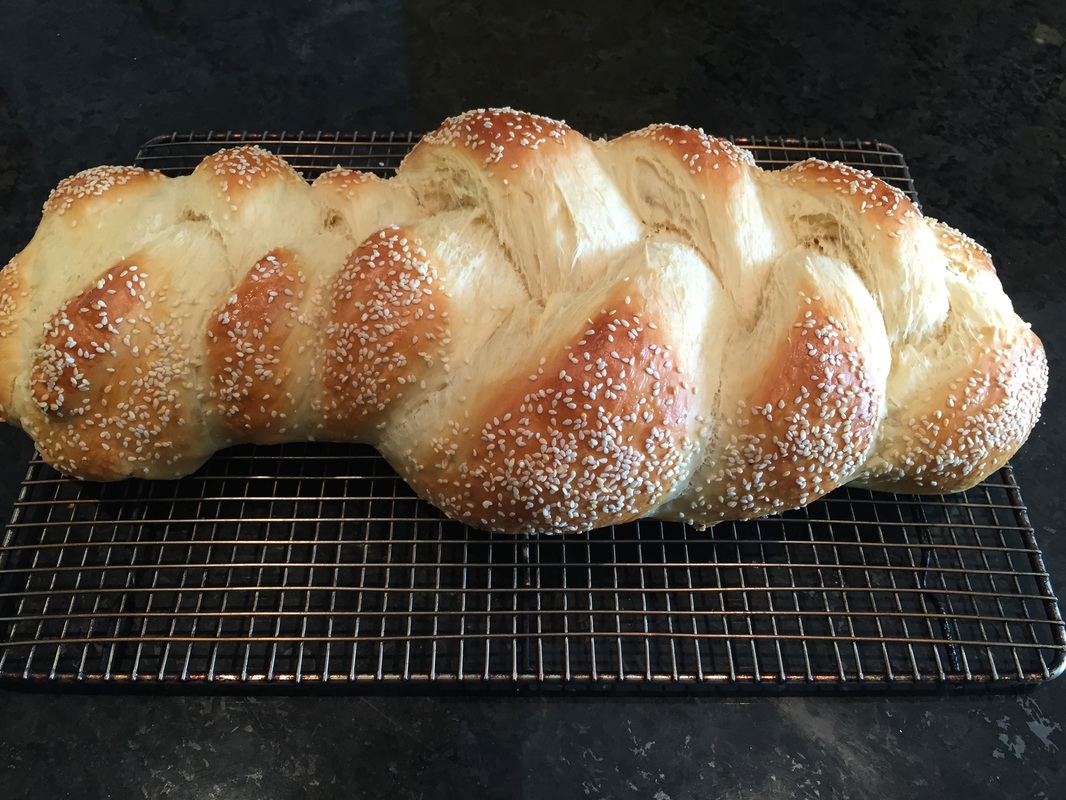

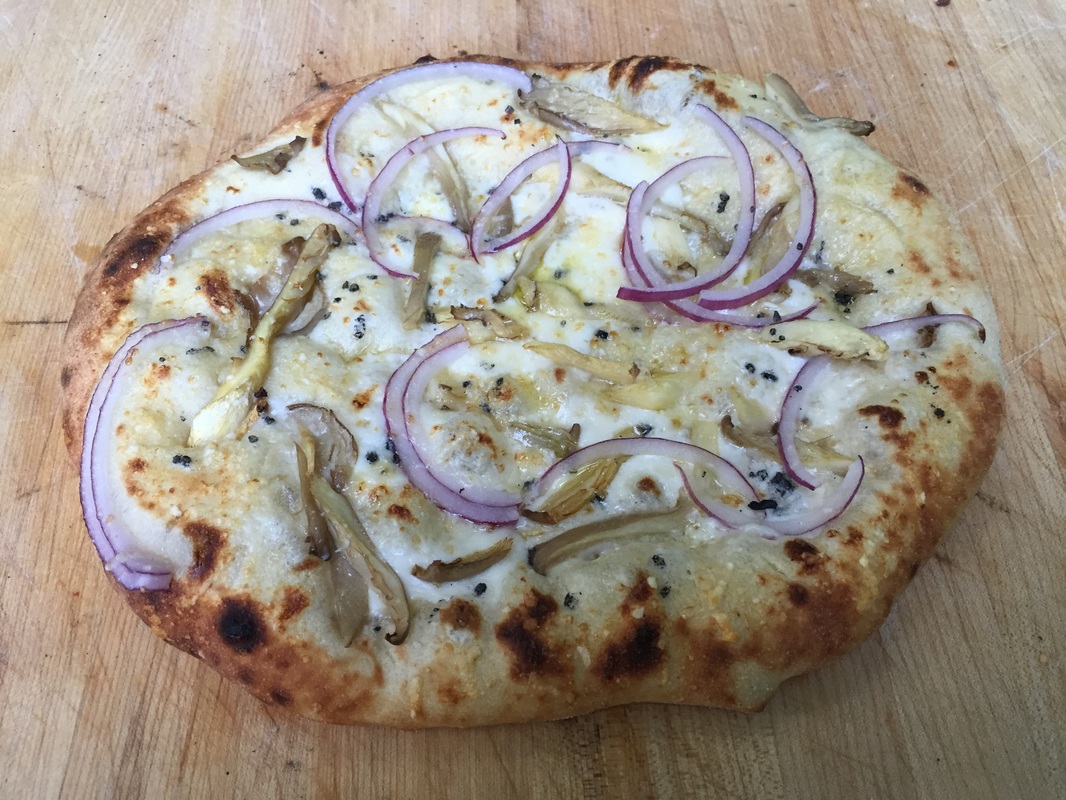

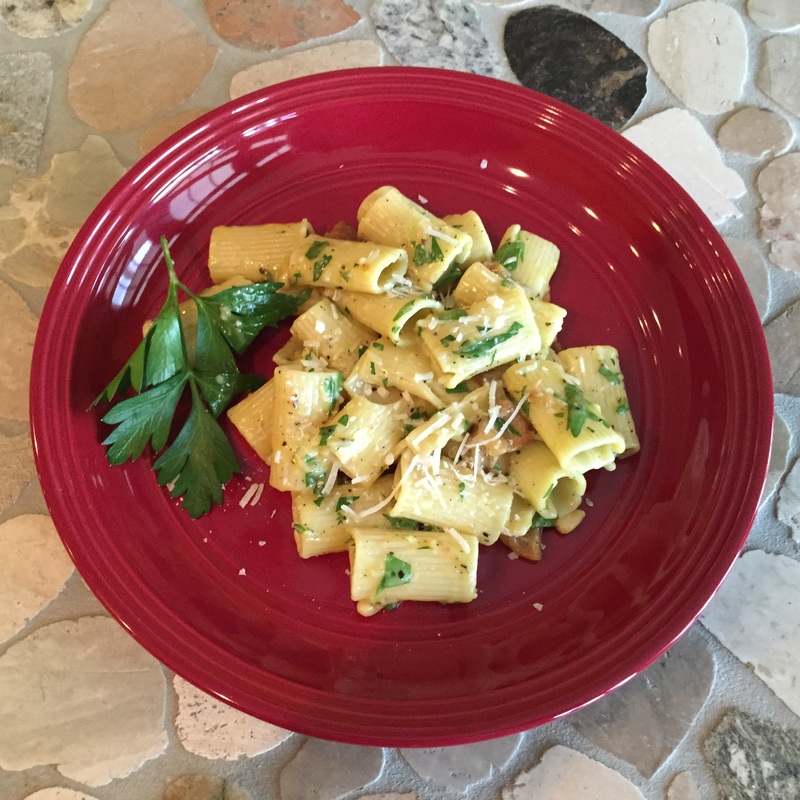
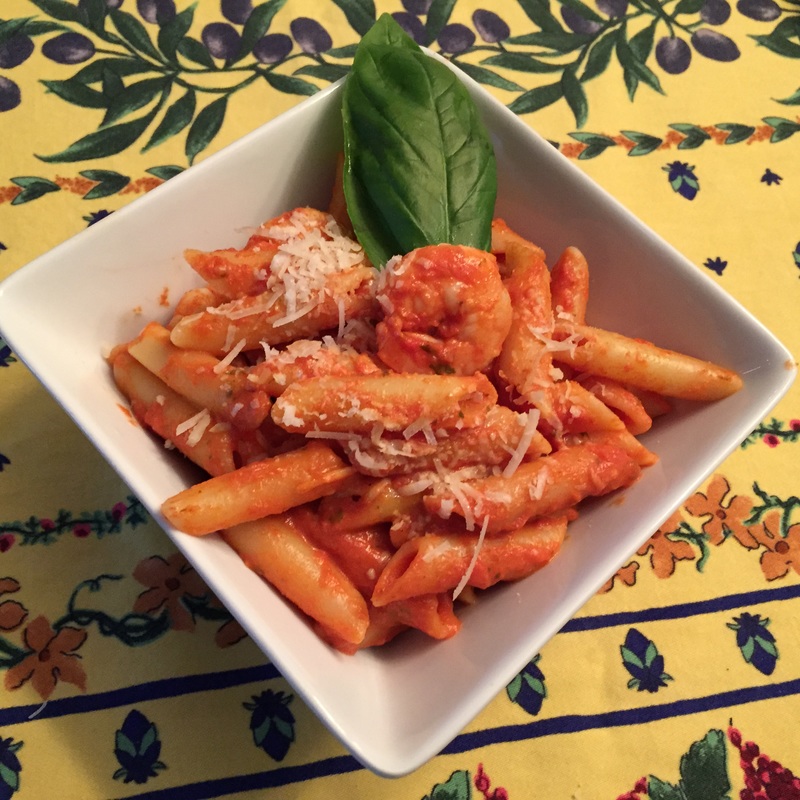
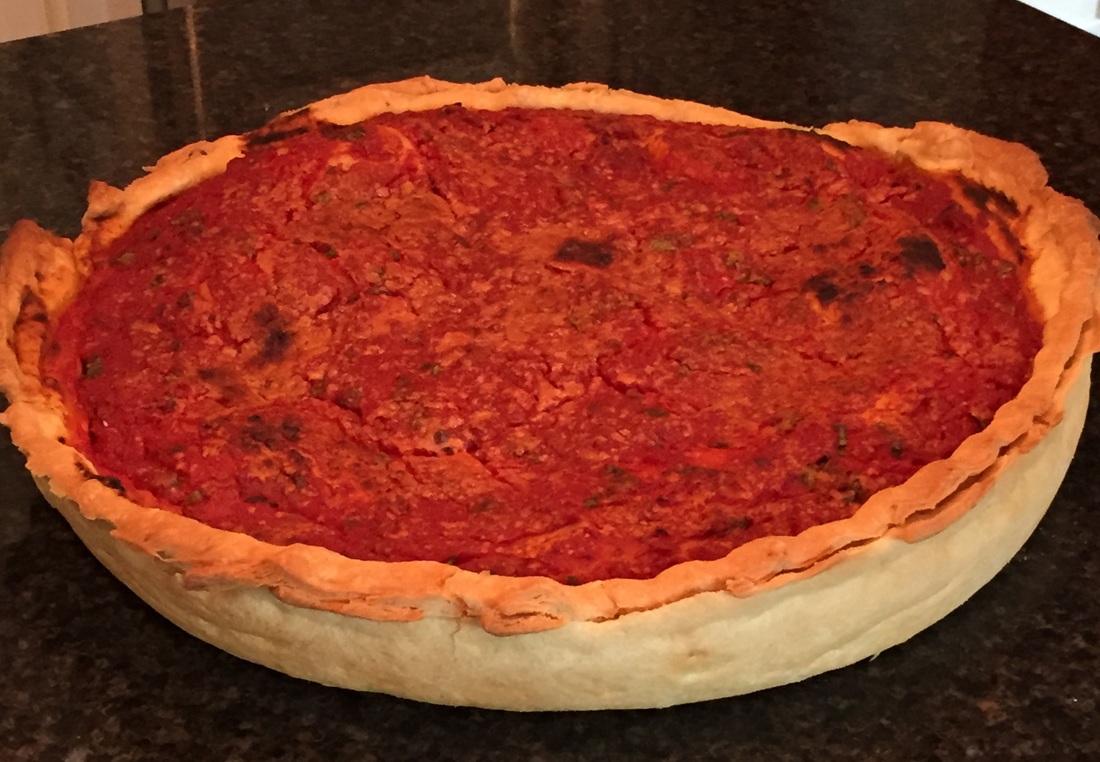

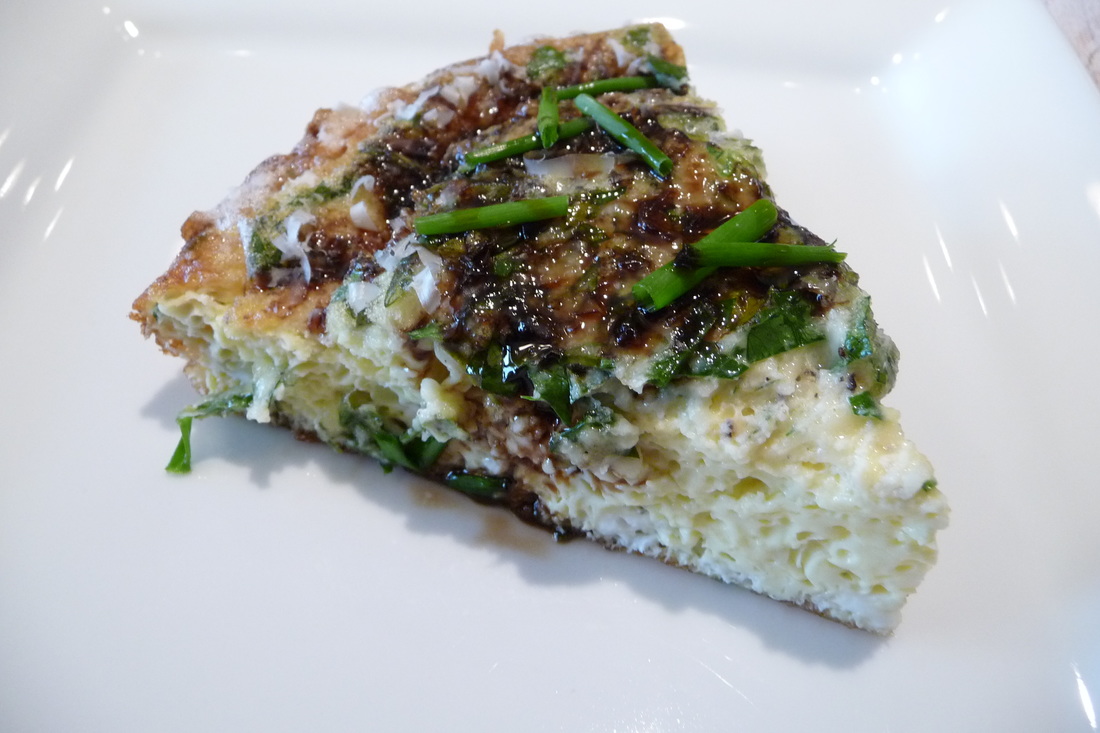
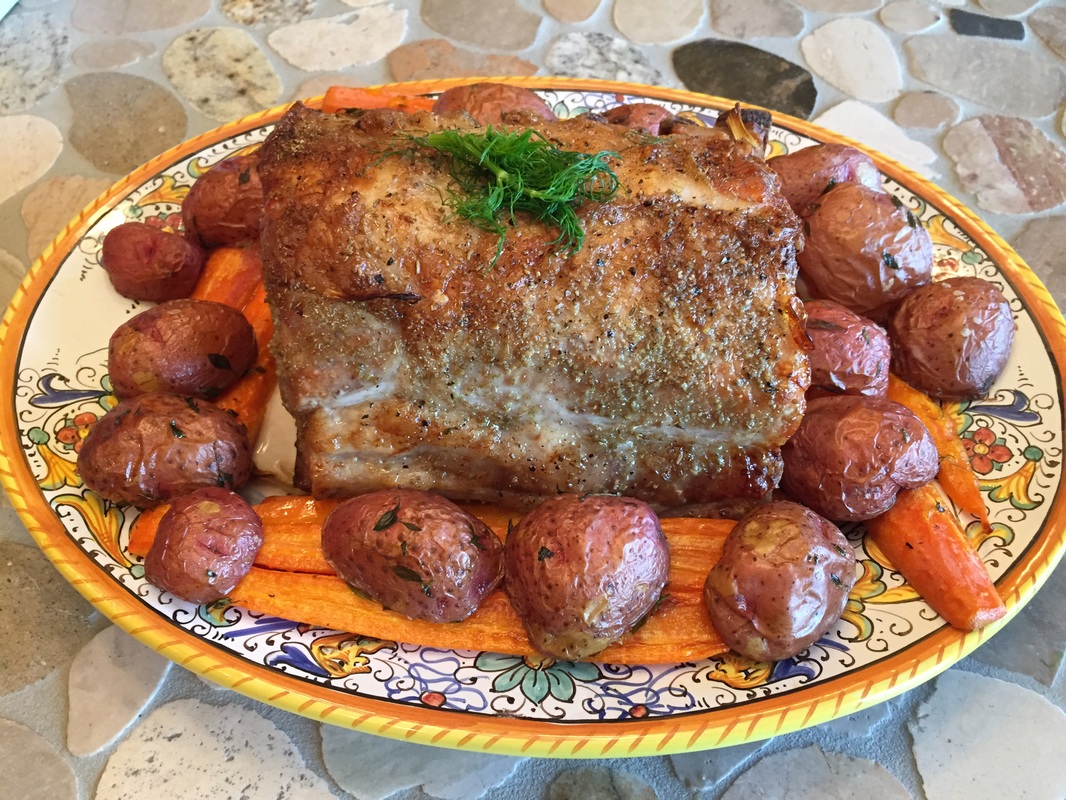

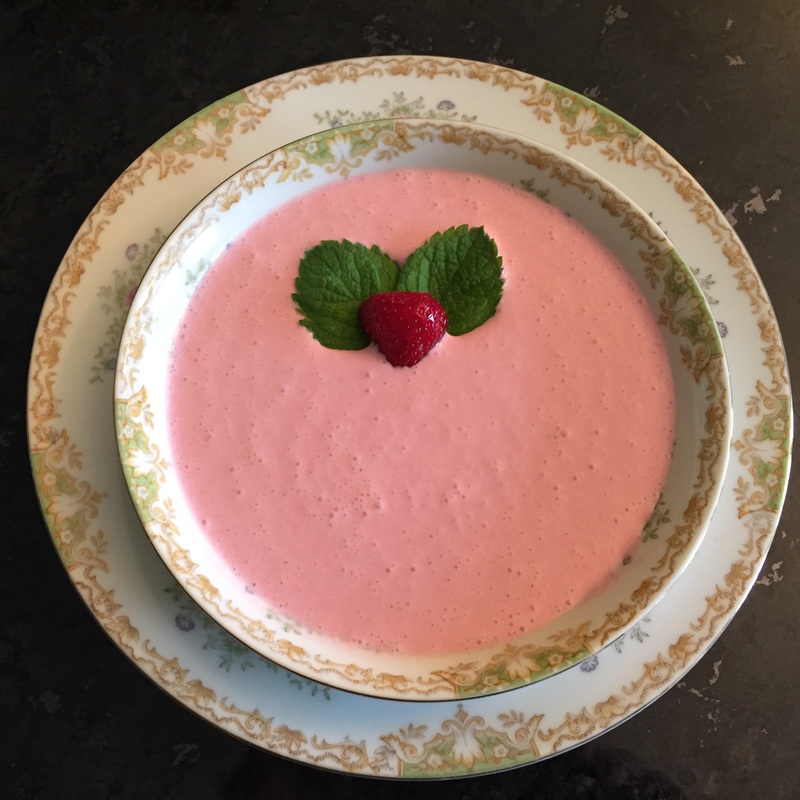
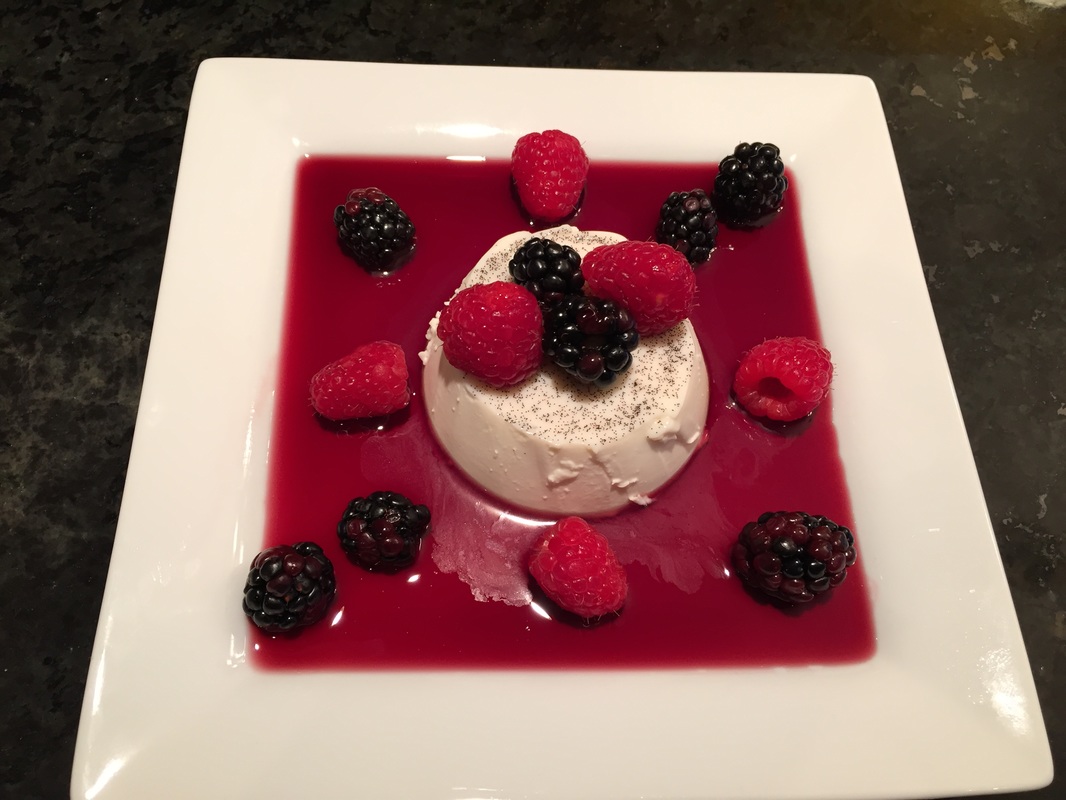
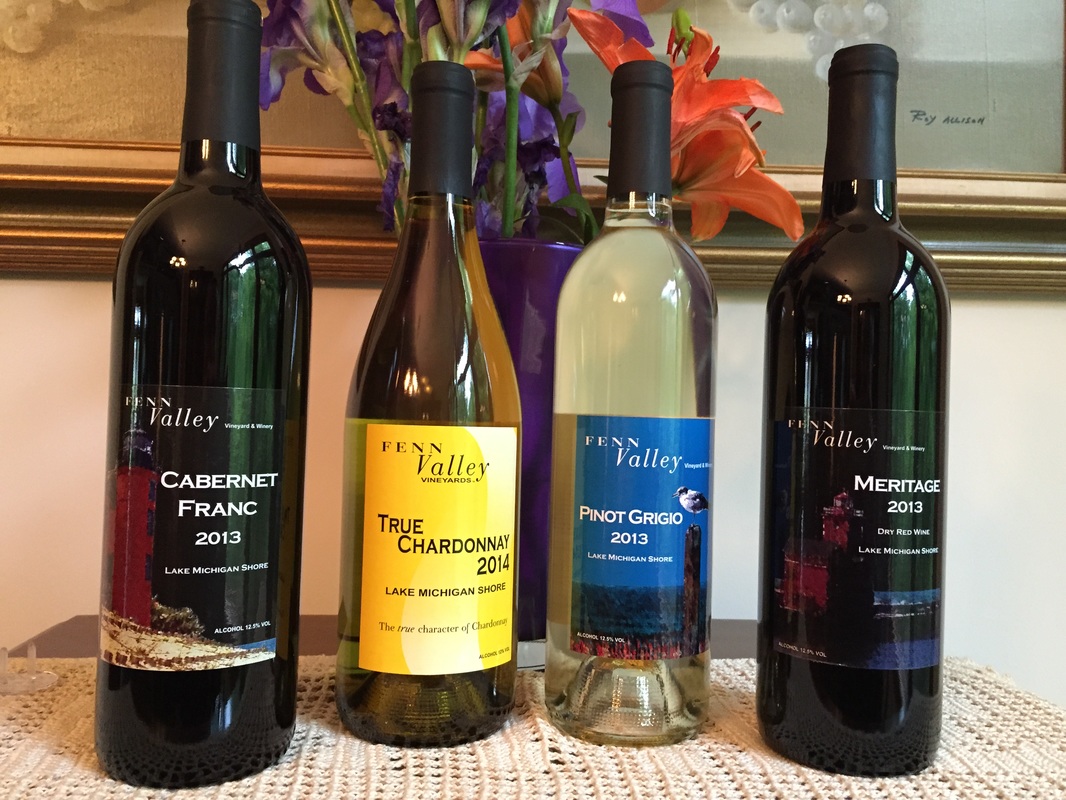
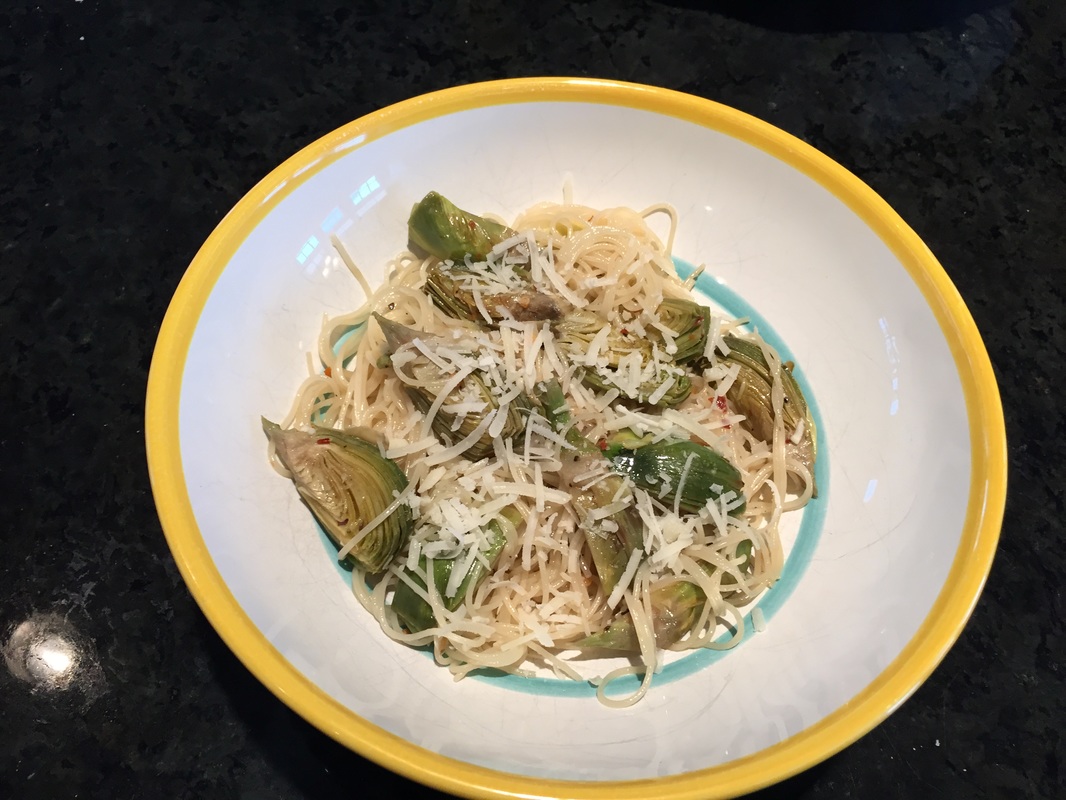

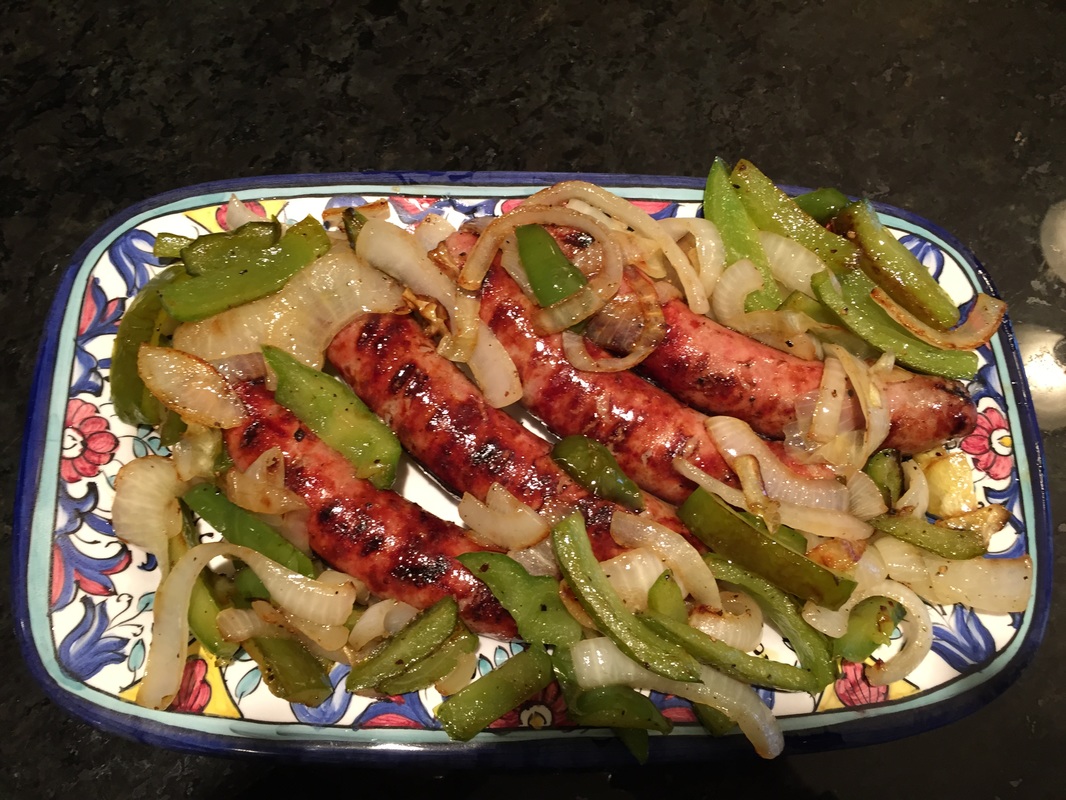
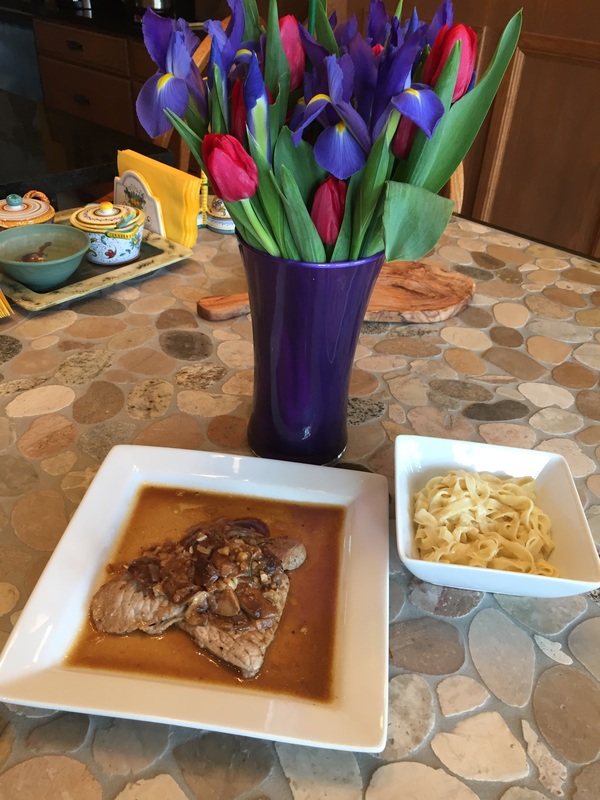
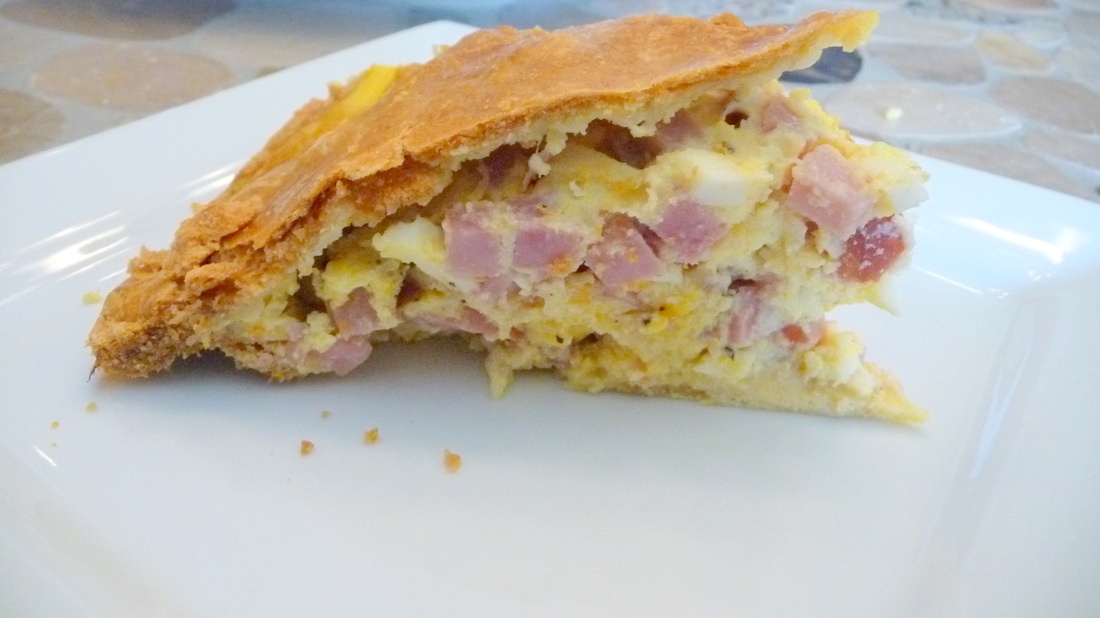

 RSS Feed
RSS Feed